Nora The Real Life of Molly Bloom
48 $
- نام کتاب: Nora The Real Life of Molly Bloom
- نام فارسی: نورا زندگی حقیقی مولی بلوم
- نویسنده: برندا مدوکس
- ناشر: Martiner Books
- نوع جلد: Paper Cover
- وضعیت: نو
1 عدد در انبار
Nora The Real Life of Molly Bloom
Nora The Real Life of Molly Bloom کتابی جذاب و خواندنی است که به زندگی واقعی نورا بارناکِل، همسر جیمز جویس، میپردازد. نورا که الهامبخش شخصیت مولی بلوم در رمان مشهور اولیس بود، نقش مهمی در زندگی و آثار جویس داشت. این کتاب با بررسی اسناد، نامهها و روایتهای تاریخی، تصویری دقیق از زندگی این زن تأثیرگذار ارائه میدهد.
زندگی نورا بارناکِل در کتاب Nora: The Real Life of Molly Bloom
در کتاب Nora: The Real Life of Molly Bloom، نویسنده تلاش میکند نورا را از سایه جیمز جویس خارج کرده و شخصیت مستقل او را نمایش دهد. نورا زنی قوی، پرشور و باهوش بود که نقش کلیدی در زندگی شخصی و ادبی همسرش ایفا کرد. این کتاب نگاهی عمیق به روابط عاشقانه، چالشهای خانوادگی و تأثیر نورا بر نوشتههای جویس دارد.
نقش نورا در شکلگیری شخصیت مولی بلوم
یکی از مهمترین بخشهای کتاب Nora: The Real Life of Molly Bloom بررسی چگونگی الهامبخشی نورا برای خلق شخصیت مولی بلوم در اولیس است. بسیاری از ویژگیهای مولی، از جمله آزاداندیشی، سرزندگی و سبک گفتاری خاص او، از نورا الهام گرفته شده است. همچنین، نامههای جیمز جویس به نورا نشان میدهد که او تأثیر عمیقی بر تخیل ادبی جویس داشته است.
چرا باید Nora The Real Life of Molly Bloom را خواند؟
- نگاهی جدید به زندگی جیمز جویس: این کتاب تصویری متفاوت از رابطه جویس و نورا ارائه میدهد و نشان میدهد که نورا نهتنها الهامبخش، بلکه پشتیبان اصلی جویس در تمام مراحل زندگیاش بوده است.
تحلیل دقیق شخصیت نورا: این اثر سعی دارد نورای واقعی را فراتر از مولی بلوم به تصویر بکشد و شخصیت او را از دیدگاههای مختلف بررسی کند.
اسناد و نامههای جذاب: کتاب شامل نامههای شخصی، خاطرات و گفتوگوهای تاریخی است که به شناخت بهتر نورا کمک میکند.
چگونه Nora The Real Life of Molly Bloom را تهیه کنیم؟
- این کتاب در بسیاری از فروشگاههای بینالمللی از جمله آمازون (Amazon) و بارنز اند نوبل (Barnes & Noble) موجود است.
- برخی از کتابفروشیهای ایران که کتابهای زبان اصلی را چاپ میکنند، ممکن است نسخهای از آن را داشته باشند.
- ما یک نسخه نفیس از نسحه اوریجینال را داریم. برای هماهنگی خرید با ما تماس بگیرید.
قیمت حدودی Nora The Real Life of Molly Bloom
قیمت این کتاب بسته به نسخه و فروشنده متفاوت است:
- نسخه چاپی (Paperback یا Hardcover): بین 38 تا 58 دلار
- نسخه الکترونیکی (E-Book یا Kindle): بین 18 تا 30 دلار
جمعبندی
Nora: The Real Life of Molly Bloom کتابی ارزشمند برای علاقهمندان به جیمز جویس، ادبیات مدرن و شخصیتهای تأثیرگذار پشت پرده شاهکارهای ادبی است. این اثر کمک میکند نورا را فراتر از نقش الهامبخش مولی بلوم بشناسیم و به زنی که یکی از مهمترین نویسندگان قرن بیستم را همراهی کرد، ادای احترام کنیم.
موارد مشابه با همین موضوع:
The New Bloomsday Book by Harry Blamires
A Companion to James Joyce’s Ulysses
The Cambridge Companion to James Joyce
Ulysses Annotated Notes for James Joyce’s Ulysses
| وزن | 0.4 کیلوگرم |
|---|---|
| ابعاد | 22.5 × 15.5 × 3 سانتیمتر |


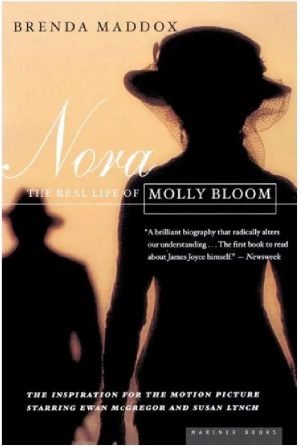


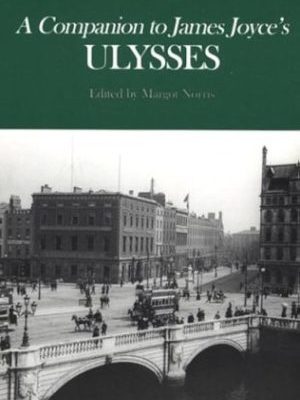

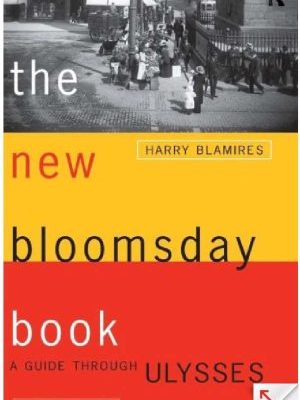


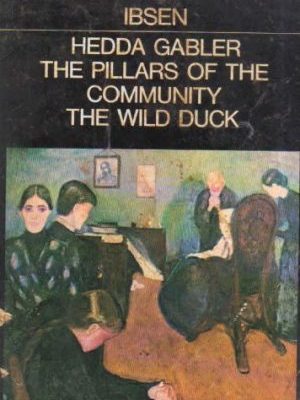
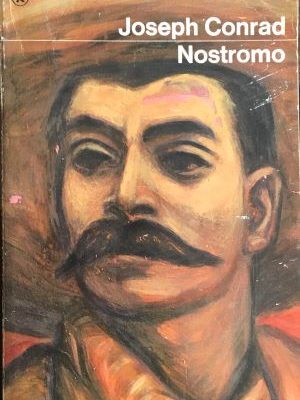

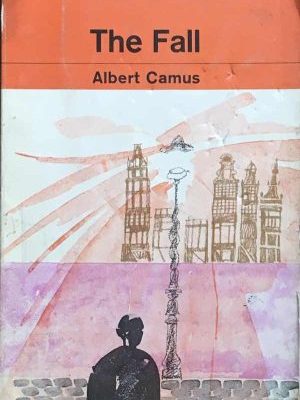
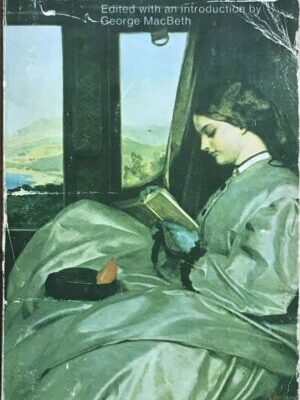
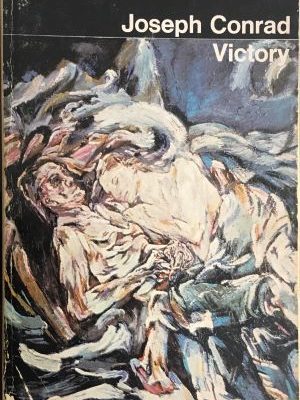
نقد و بررسیها
هنوز بررسیای ثبت نشده است.